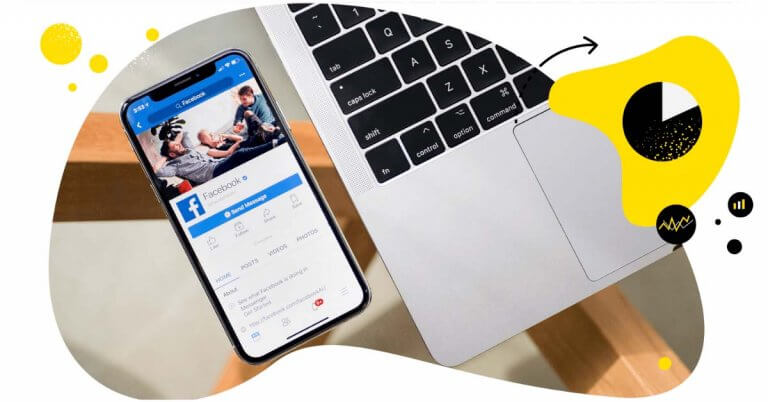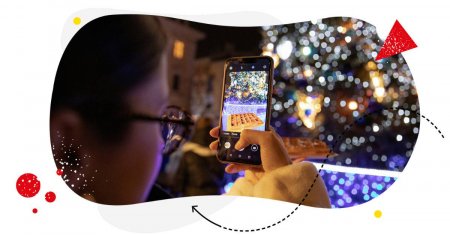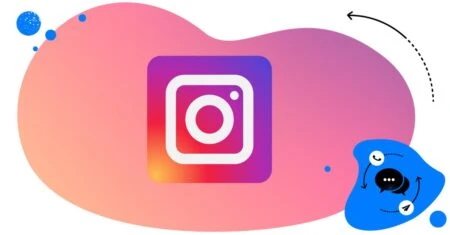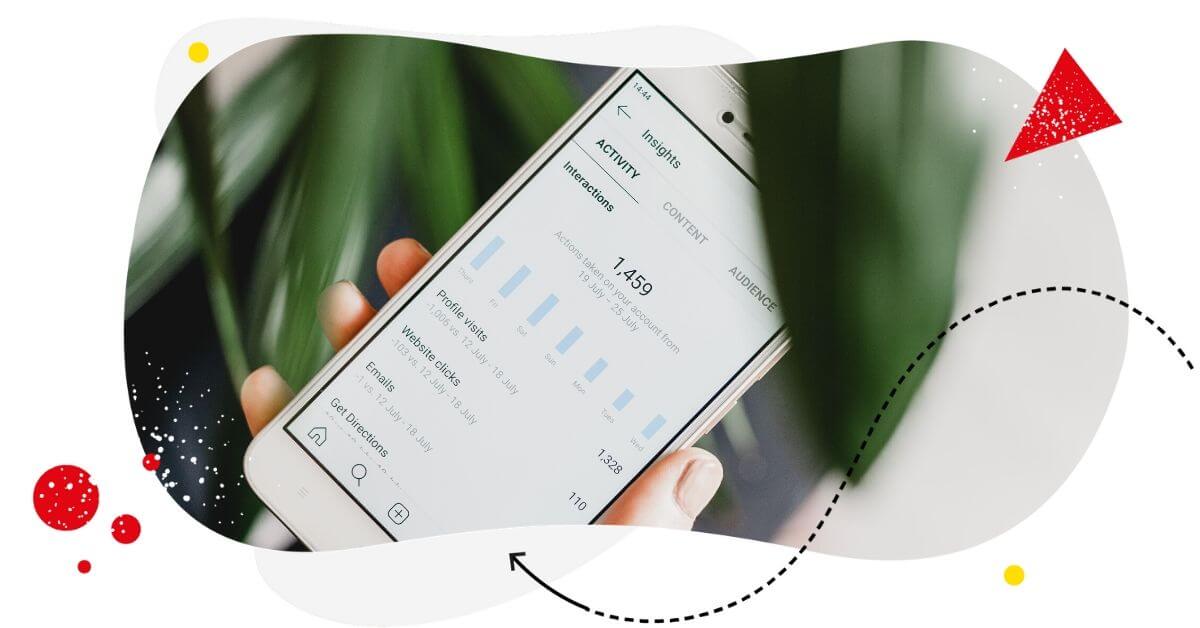You’re not new to marketing metrics. But, sometimes, you open up your social media dashboard and feel a bit confused.
There are just so many terms. And it’s not just that you need to know them. You also need to understand how to apply them to improve your marketing approach.
And, let’s be honest, some metrics are a bit of a head-spinner. Especially those that are very similar to others and mean different things on different platforms.
This is why we’ve put together this guide. It covers everything you need to know about two of the most important, yet worst understood metrics on Facebook and Instagram… reach vs impressions.
What do reach and impressions mean on Facebook?
Well, I say ‘Facebook’, but this info is just as relevant to Instagram. But not to Twitter, YouTube, Pinterest, and others, which use the terms ‘reach’ and ‘impressions’ to mean different things.
With that out of the way, let’s take a look at some definitions.
- Reach describes the number of unique users who have seen your content.
- Impressions describe the total number of times your content has been served by the platform or viewed by its users (more on the viewed/served distinction below).
What’s the difference? Well… every view that counts towards reach is unique, whereas impressions could be from unique views or multiple views by the same user.
This means your number of impressions will always be equal to or more than your reach. To put it another way, your content could have a reach of 100, but 105 impressions, meaning some users have seen the content multiple times. Although, it’s much more likely you’ll see numbers like 100 users reached and 250 impressions.
Why should you keep track of reach and impressions?
The simple answer is that you need to keep an eye on your ad frequency. What is ad frequency?
Well, if we take the example above and assume you have 100 reach and 250 impressions. Your ad frequency, or the number of times each user has seen your content on average, would be 2.5.
Impressions / reach = average views per user
Managing your ad frequency is pivotal for ensuring your Facebook ads get maximum exposure. Moreso, you can’t work out this number without tracking both reach and impressions.
Why should you care about ad frequency?
You don’t want your audience to see a post too many times. When people see the same piece of content too much, they get ad fatigue. Which means they get sick of seeing the same thing. Your thing!
You can use ad frequency to find your effective frequency, or the sweet spot in the number of times your ad has to be seen by an individual user before they take action. If your Facebook ad frequency increases and your conversion rate goes down, you know that people have seen your content too much and are getting annoyed.
If you reduce it and your conversion rate improves but then comes back down, you know they’re not seeing it enough to inspire action.
While the term ‘ad frequency’ speaks to paid content, similar rules apply to organic metrics. It’s important to find the sweet spot between not reaching enough of your audience and overexposing them to your communications.
What do the types of reach mean in Facebook Insights?
When you log in to Facebook Insights to check your reach, you’ll notice that the platform subdivides it into three categories: organic, paid and viral. But what do these terms mean?
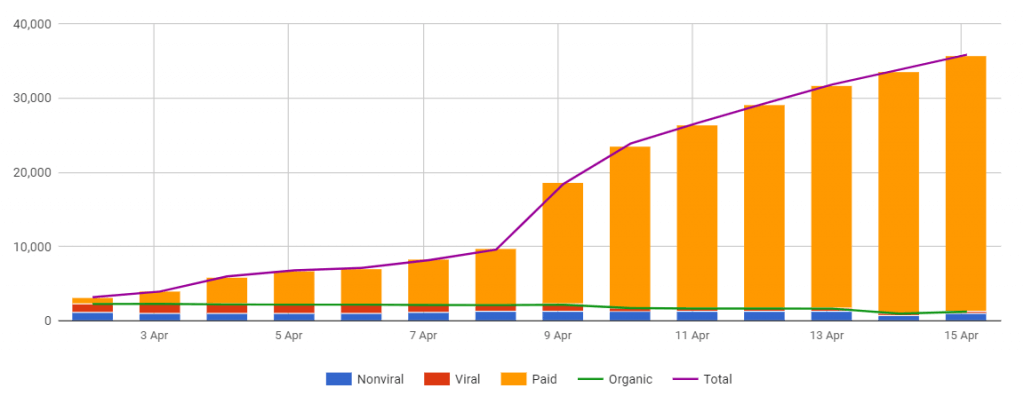

In-depth Facebook Analytics & Reports
Measure your Facebook marketing results. Track competitors and improve performance – with an all-in-one social media tool.
What is organic reach?
This metric describes the number of unique users who have seen your content organically, aka for free, in their News Feed. When we talk about users seeing content for free, we’re not talking about whether they’ve paid to see it, but whether you’ve paid to get it in front of them.
What is paid reach?
You can probably guess from the section above that paid reach describes the number of unique users who have seen your content because you have paid to get it in front of them. If you’ve promoted it to an audience using Facebook’s audience targeting features, it counts as paid reach.
What is viral reach?
Sadly, this doesn’t suggest that your content has ‘gone viral’, just that a user has seen it because someone they’re connected to on the platform has interacted with it. I’ll give you an example…
Think about when you see a post in your News Feed and it’s not from a source you Follow. You look at the top of the post and it says “Joe Blogs commented on X post”. You’re seeing it because someone you’re connected to has liked, commented on or shared that content. And that’s viral reach.
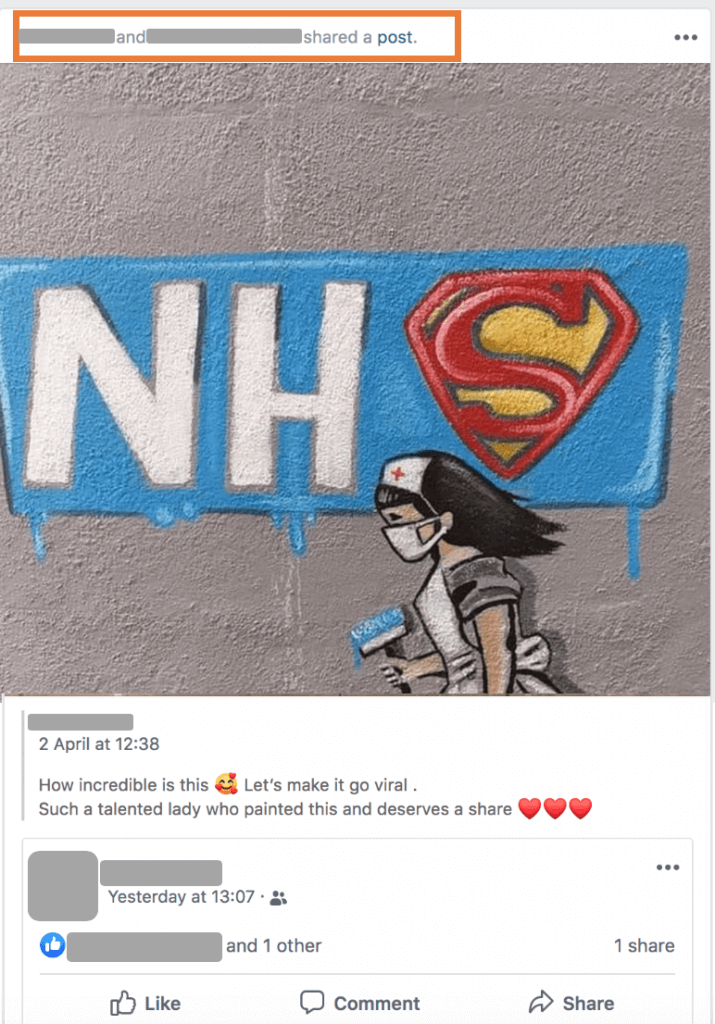
“But what about impressions? Are there multiple types of those?”
In the case of paid content – there are.
What’s the difference between served and viewed impressions?
If you’ve ever wondered how an impression is calculated on a Facebook Page, this section is for you. There are two types of impressions… served and viewed. Here’s what they mean…
What are served impressions?
Served impressions are those that you’ve paid for and Facebook has decided to deliver to users. And they count whether the user has seen them or not. Pretty confusing right? Let me explain…
Say you pay for an ad and use audience targeting to identify the type of users you want to see it. Facebook then selects users that fit the profile and decides where and when to deliver your ads to them. Like, after a certain post in a user’s feed, in the sidebar or even in their Messenger app.
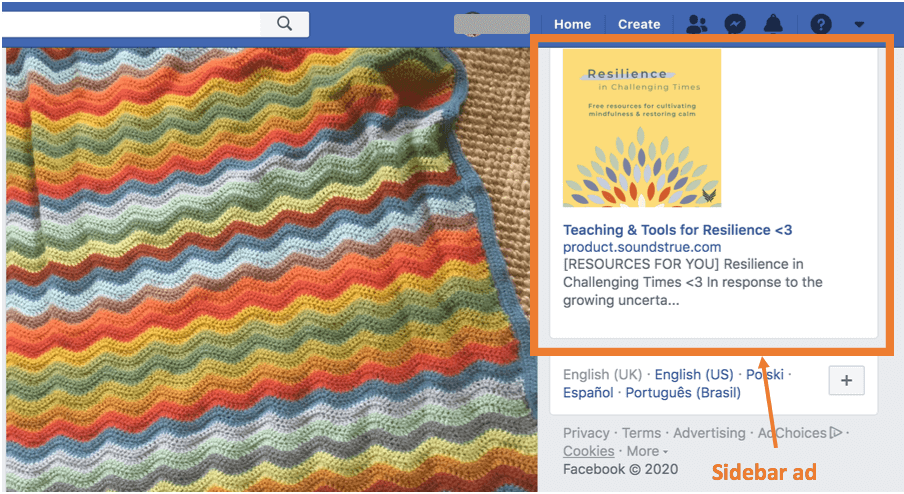
But not all of these ads will actually appear to users for two reasons:
- They might scroll too quickly for the ad to render, which means they’ll scroll past before it appears
- The ad might appear ‘below the fold’, which is web design talk for content that’s only visible once a user scrolls down a page
Since both of these scenarios are pretty useless to you as an advertiser, you’ll want to focus on viewed impressions.
What are viewed impressions?
As you’ve probably guessed from the section above, a viewed impression is one that has been placed and rendered and scrolled past. As long as an ad has appeared, in its entirety, in the place on a user’s screen that it was intended to be, it counts as viewed.
There’s no way to know whether a user actually looks directly at an ad, so that’s as good as it gets.
Are reach and impressions the same on Facebook and Instagram?
Thankfully, on Facebook and Instagram impressions measure the same thing. But other platforms don’t. What Facebook and Instagram call impressions, Twitter calls reach. And Twitter doesn’t talk about impressions at all.
Sometimes, I think they’ve made it confusing just to spite us.
But moving on…
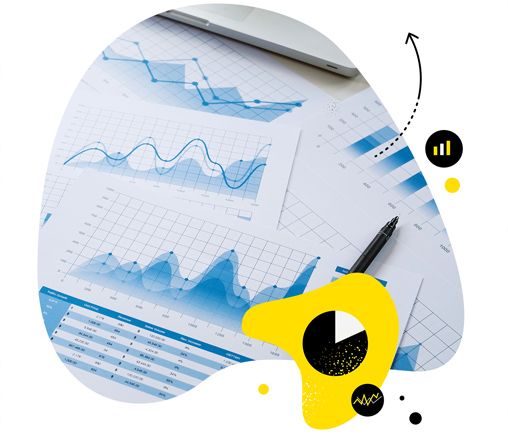
Find out what and when to post on Facebook
Track competitors on Facebook. Find out what to post, when to post, and how often to post – with an all-in-one social media tool.
What’s the difference between Facebook reach and engagement?
Although this isn’t an article about Facebook engagement, it’s important to clear up any lingering confusion. Neither Facebook reach nor impressions really tell us how users interact with your content. Only that they’ve seen it or seen it more than once.
Engagement measures how many users Like, Share or Comment on your content. So, it’s the metric you want to look at to understand whether it’s hitting the right note with your target audience.
That said, you’ll only ‘get’ engagement by comparing it with reach or impressions. Why? Because you need to know how many people engage with your content vs how many have seen it. To work this out, you take the total number of engagements, divide it by the reach and then multiply that figure by 100.
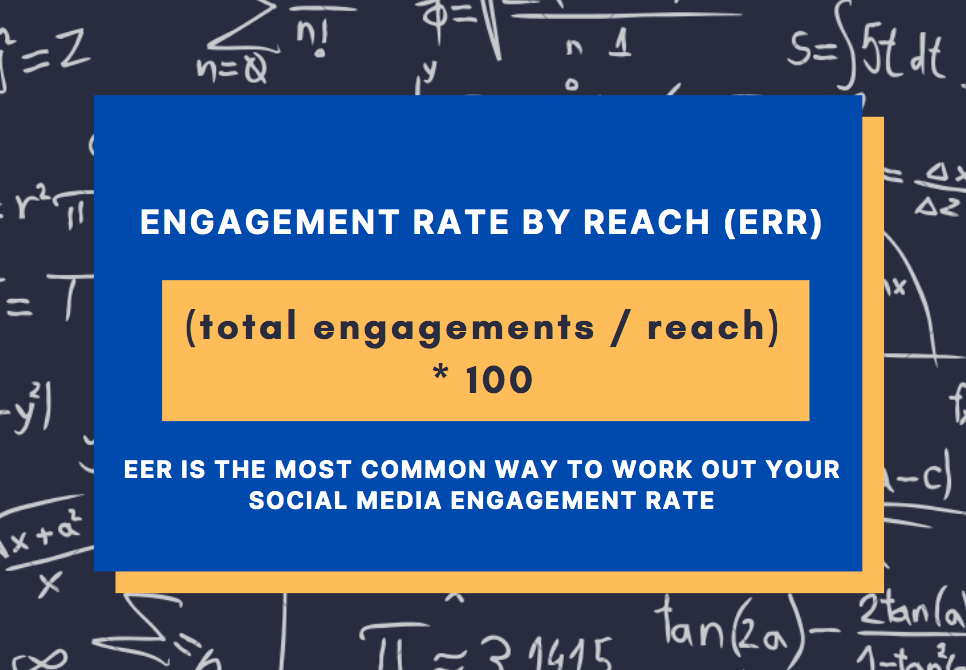
This metric is called Engagement Rate by Reach (ERR) and is the most common way to work out your social media engagement rate.
What’s more important: high reach or high impressions?
Which metric you focus on will depend on what you want to know. Similarly, the strategies you use to increase reach and impressions won’t be the same. Here’s a table to help you get to grips with the differences. Note that manipulating these metrics is much easier in the case of sponsored posts – only some of these tactics can be applied to organic content.

As you can see, reach and impressions are useful metrics for a lot of reasons. Ideally, you would track both and use them to calculate ad frequency and other metrics.
So, now you know what to do with reach and impressions, let’s talk about how you can measure them.
How to measure reach vs impressions
There are two ways to measure social media metrics. You can use a native insights platform, or opt for a social media dashboard.
Use native insights
Reach and impressions are monitored by Facebook Insights and Instagram Insights. It’s quick and simple to track these metrics in native insights. And, both platforms also use these numbers to work out other key metrics like ad frequency and ERR. But, so does a social media dashboard like NapoleonCat.
Use a social media dashboard
But why would you pay for a social media dashboard when a native platform tracks these metrics for free? Well, if you’re only posting to Facebook, then it makes sense to use Facebook Insights. But most businesses are active on more than one social media platform. And that’s where social media dashboards come in handy.
NapoleonCat’s Analytics collects data from multiple channels and platforms. You can use the tool to track your performance on Facebook, Instagram, Twitter, LinkedIn, and YouTube. Data is presented in the form of easily digestible graphs and can be downloaded in the form of .xls and .png files. NapoleonCat also allows you to create comparative sets, which can be a great help if you’re looking to analyse your niche or benchmark against competitors.

Summing up, NapoleonCat’s Analytics will help you
- Save a lot of time – you will not have to jump between profiles using native social media analytics tools
- Help you make better sense of cross-platform performance, giving you a bird’s eye view of your strategy’s performance
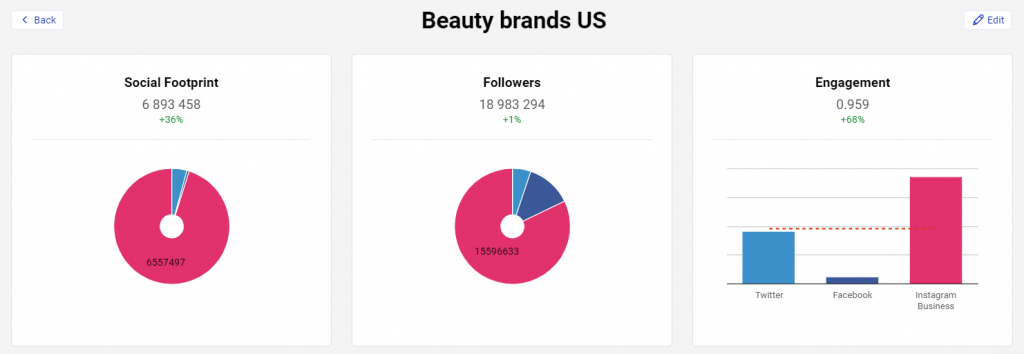

Compare multiple Facebook Pages side by side
Analyze multiple Facebook Pages at once & generate comprehensive reports within seconds – with an all-in-one social media tool.
Why is understanding reach and impressions so important?
Creating and managing an effective social media strategy is hard work. And it’s not made any easier by the huge range of metrics you need to keep track of to do it right. But reach and impressions are two you need to nail down. Not just because they tell you important information in their own right, but also because they form the basis of other metrics that track engagement and conversions like ERR, ad frequency and effective frequency.
So, whether you use native insights to manage Facebook, or run a multi-platform strategy using a social media dashboard like NapoleonCat, make sure you put reach and impressions to good use.

